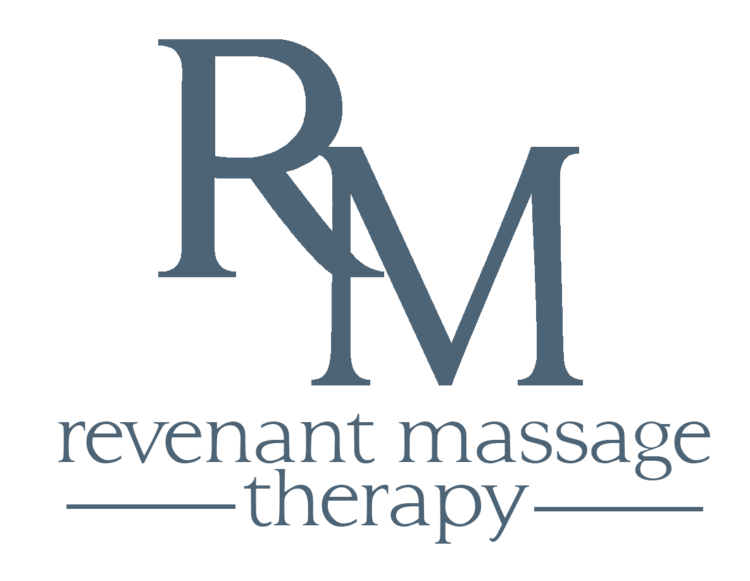Exactly What You Need To Know About Massage Therapy For TMJ Pain

Close to 35 million people in America suffer from TMJ related pain. But thankfully, massage therapy for TMJ has been shown to help bring relief. Let’s take a deeper look at TMJ, it’s symptoms, and exactly how you can benefits from massage therapy for TMJ.
What causes TMJ?
The temporomandibular joint is a hinge joint that allows for chewing motion as well as lateral protruding motion. It also contains shock absorbing disks that lower friction in the joint when properly aligned.
TMJ occurs when there is some sort of trauma to the temporomandibular joint in your jaw. Most commonly, especially in younger patients, this is due to prolonged jaw clenching throughout the day or teeth grinding while you sleep.
What are the symptoms of TMJ?
Symptoms of TMJ can look different for each person. They can start off small and over time lead to more severe issues if unaddressed. That is why it’s so important to listen to your body, pay attention to the warning signs, and seek treatment as soon as possible. Here are some key signs that you may be struggling with TMJ.
1. Neck stiffness or pain
TMJ issues can often present themselves as simply a tight neck or shoulders. A sure sign that these symptoms are TMJ related, is that no amount of stretching, good posture training, or shoulder massage seems to relieve the tension.
2. Pain, clogged, or tinnitus around your ear
Ear problems are another seemingly unrelated symptom of TMJ. Symptoms can include pain in or around your ear as well as constant clogging and pressure. You may even experience ringing in your ear due to nerve pain known as tinnitus. All of these symptoms are directly related to tightness and dysfunction at the TMJ area that travels to the ear.
3. Frequent headaches or migraines
More than 40% of people diagnosed with TMJ also experience consistent headaches. If you have headaches multiple times a week, that is not normal and one of the most common signs of TMJ.
4. Clicking or popping sounds
Do you experience clicking or popping sounds while chewing or opening and closing your jaw? This could be due to misalignment of your TMJ and the sound you are hearing is actually the disc in between your joint popping in and out of place. Left unchecked, this can damage your teeth and lead to long-term issues.
5. Nerve Damage
In some cases, TMJ can actually lead to damage of the trigeminal nerve in your jaw. If you notice persistent pain when chewing, talking, or in a resting position, you should seek treatment as soon as possible to avoid chronic, long-term damage.
6. Difficulty chewing
TMJ can also cause difficulty chewing or opening your mouth, almost as if your jaw becomes locked. This can happen from tightness in the muscles around the jaw or misalignment of the disc in the joint of your jaw.
How you can benefit from massage therapy for TMJ
These are just a few common symptoms you could be experiencing with TMJ. Thankfully, treatment through massage therapy can drastically improve and correct this issue. In fact, one study found that massage therapy was able to increase jaw mobility, reduce popping by 80%, and lower overall pain after just one session in 50% of cases. (1)
The most common way to address TMJ in a massage session is through a simple jaw release technique and facial massaging of the lateral pterygoid muscle. While massage of your main chewing muscle will provide some initial relief, intraoral muscle release can be more effective and produce longer lasting results.
This is because muscle release can actually help the chewing motion and resting position of the jaw even out, if one side has become more inflamed or tight. Typically it is one side of the jaw that is causing more of the issue and that side will need to be released allowing for restored jaw movement and symptom relief.
TMJ pain can be debilitating, but it doesn’t need to stay that way. Utilizing Massage therapy for TMJ might just be the missing piece to your health puzzle!
Ready to see how massage can benefit your health? Book your next appointment here.
photo: pexels.com
References:
-
Barriere, P et al. “Massage du muscle ptérygoïdien latéral dans le SADAM aigu” [Massage of the lateral pterygoid muscle in acute TMJ dysfunction syndrome]. Revue de stomatologie et de chirurgie maxillo-faciale vol. 110,2 (2009): 77-80. doi:10.1016/j.stomax.2008.05.010
